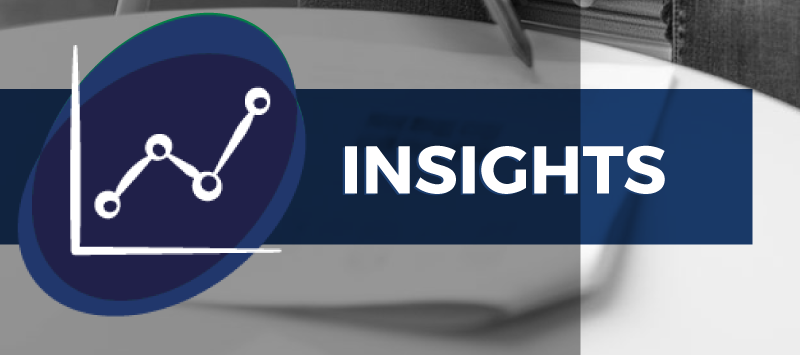Footwear outsole images were obtained from 150 pairs of used shoes. The motivation for constructing the database was to enable a statistical analysis of two-dimensional (2D) images of shoe outsoles, to understand within shoe (between replicate images of the same shoe) and between shoe variability, and to develop methods for the evaluation of forensic pattern evidence of shoeprints. Since we scanned the outsole of the used shoes, the images capture not only the outsole pattern design but also the marks that arise from wear and tear and that may help identify the shoe that made the impression. Each shoe in a pair was scanned five times, so that replicate images can be used to estimate within-shoe variability. In total, there are 1500 2D images in the database. The EverOS footwear scanner was used to capture the outsole of each shoe. The scanner detects the weight distribution of the person wearing the shoe when he or she steps on the scanning surface. It images the portions of the outsole that make contact with the scanning surface. The database is a useful resource for forensic scientists or for anybody else with an interest in image comparison. The database we describe, was constructed by researchers in the Center for Statistics and Applications in Forensic Evidence (CSAFE) at Iowa State University.






















